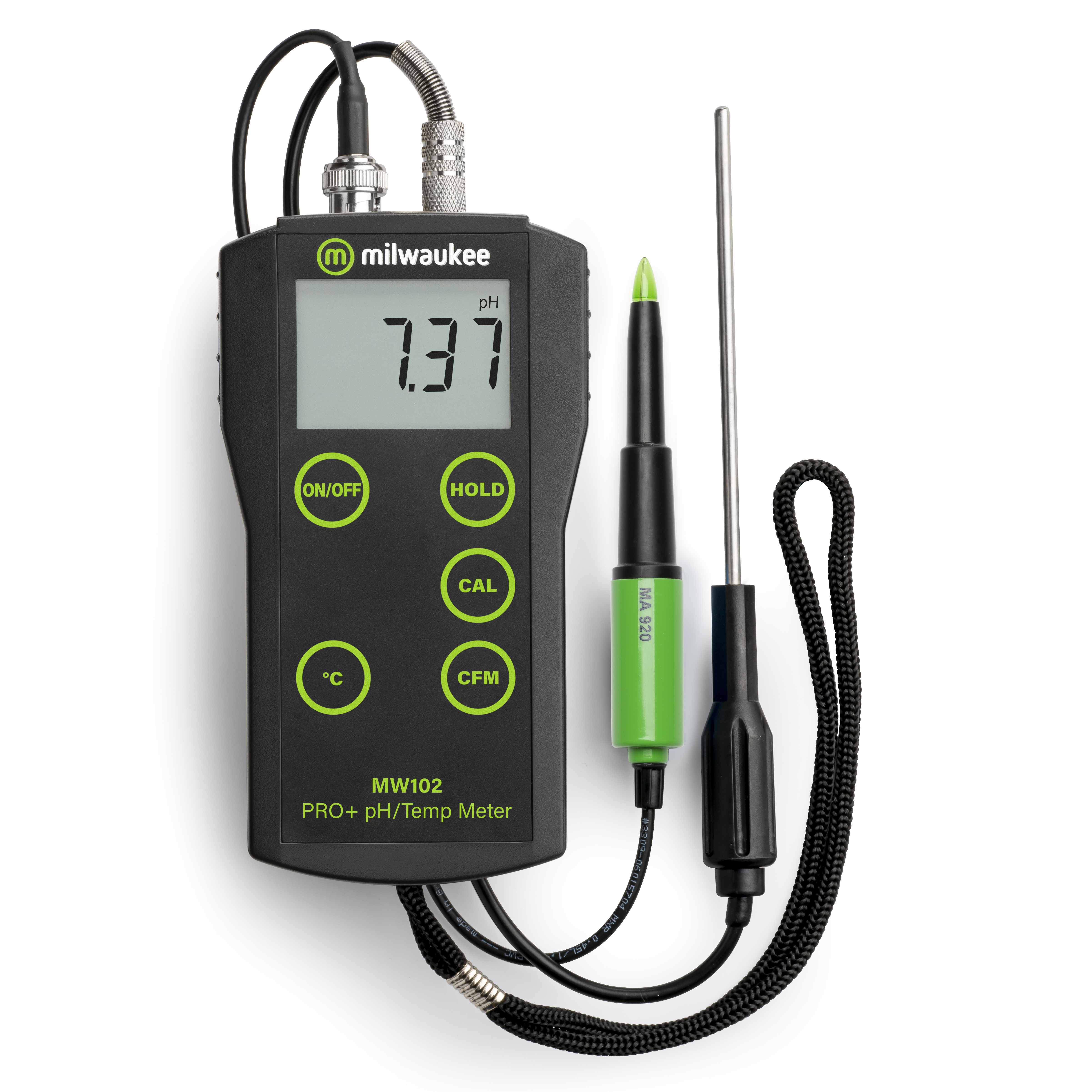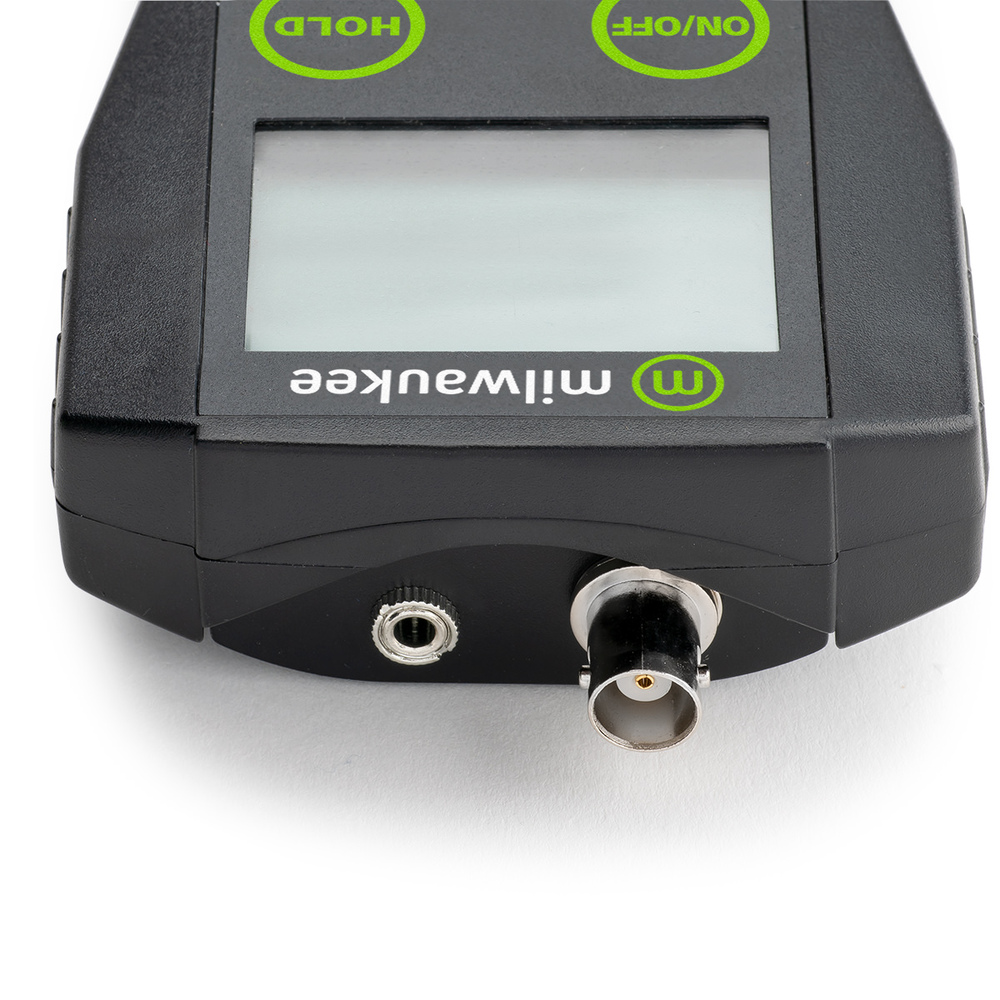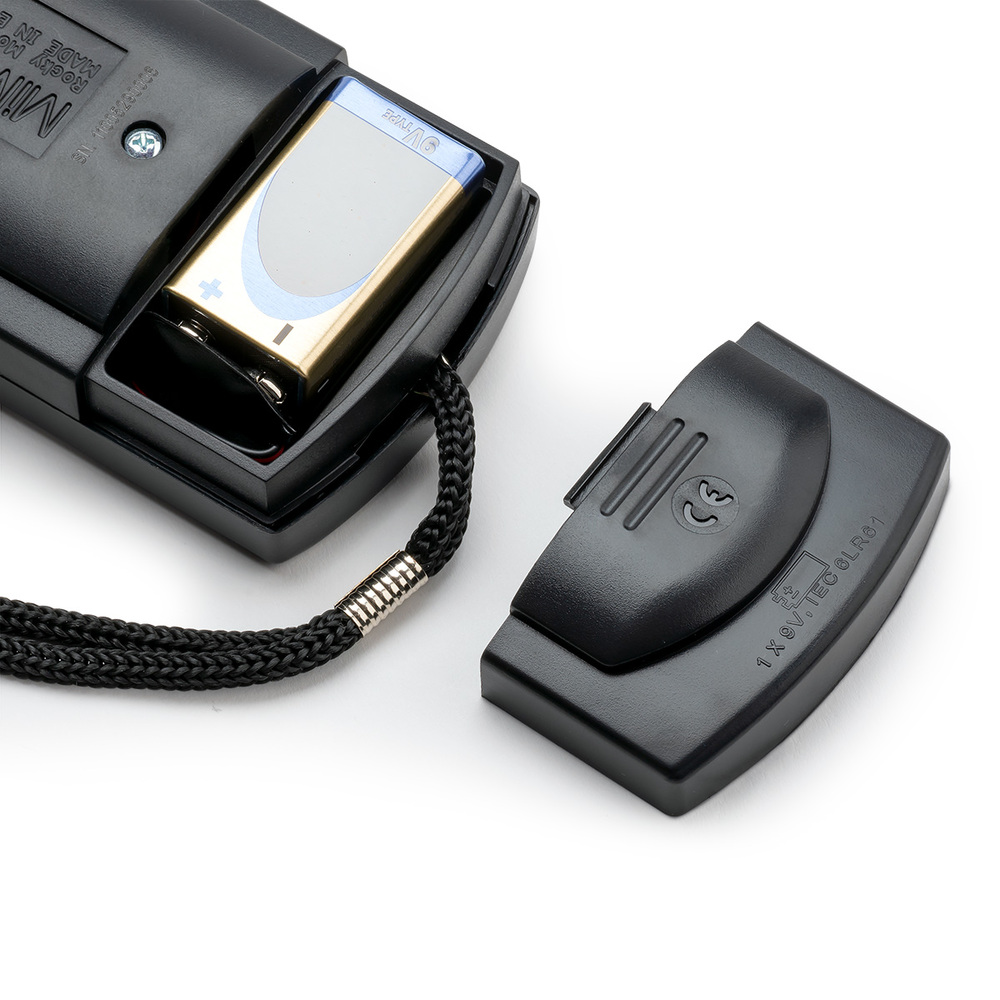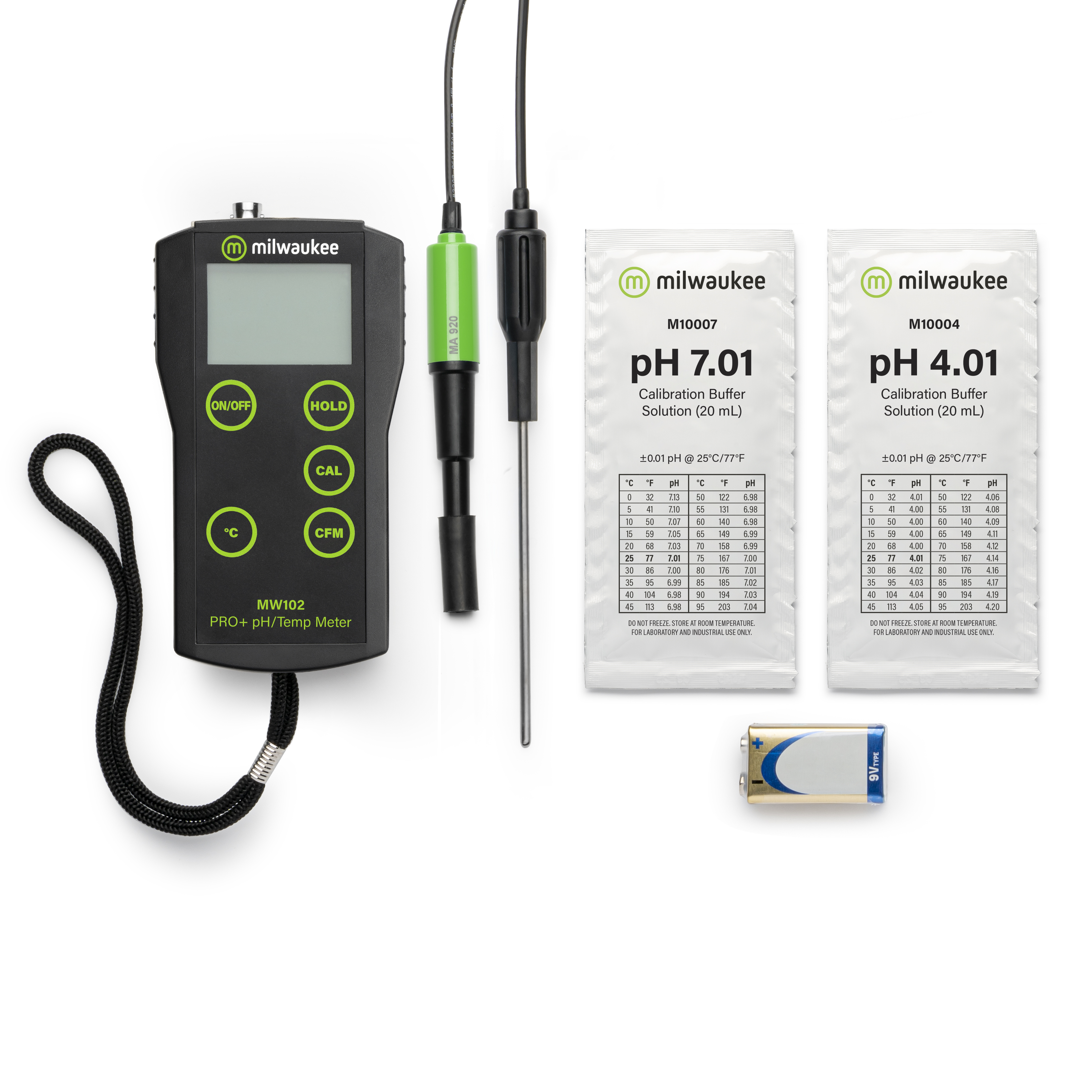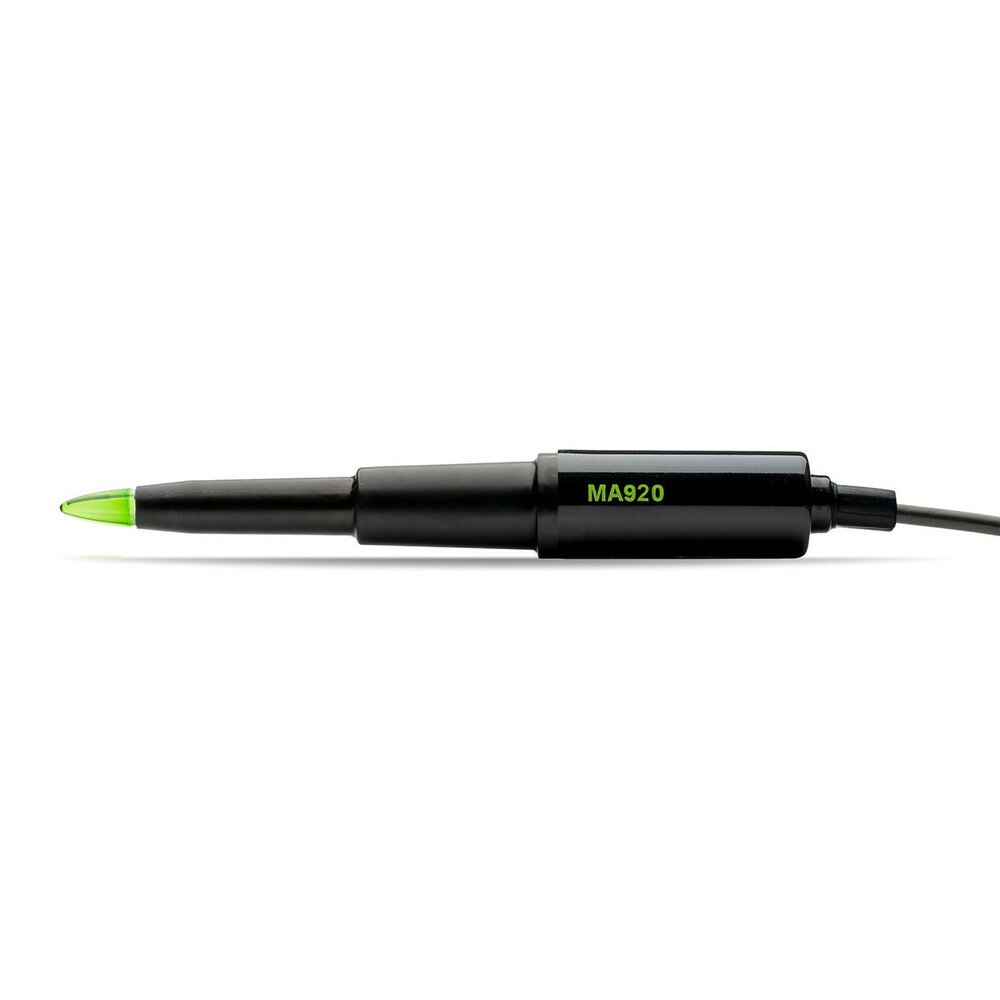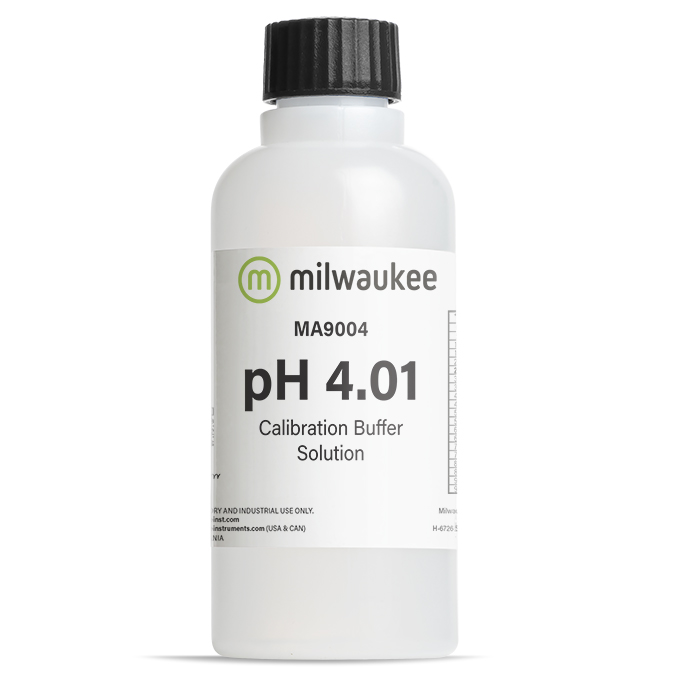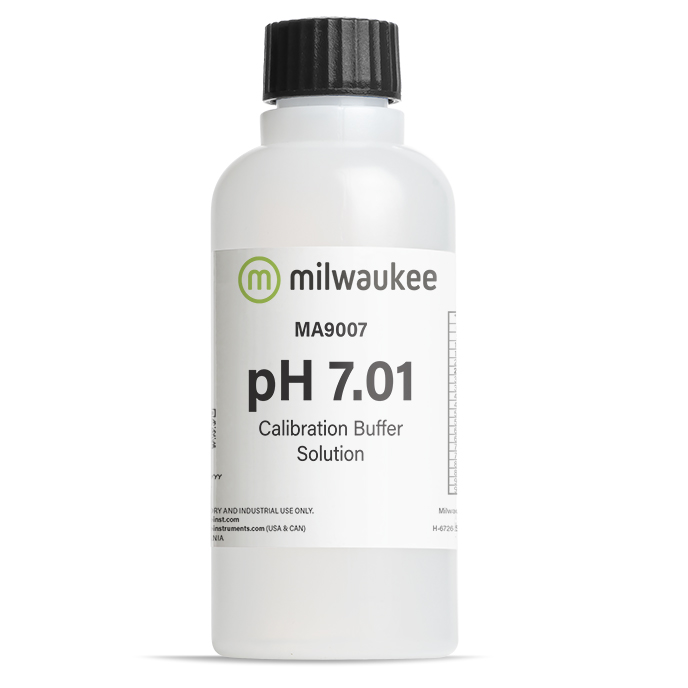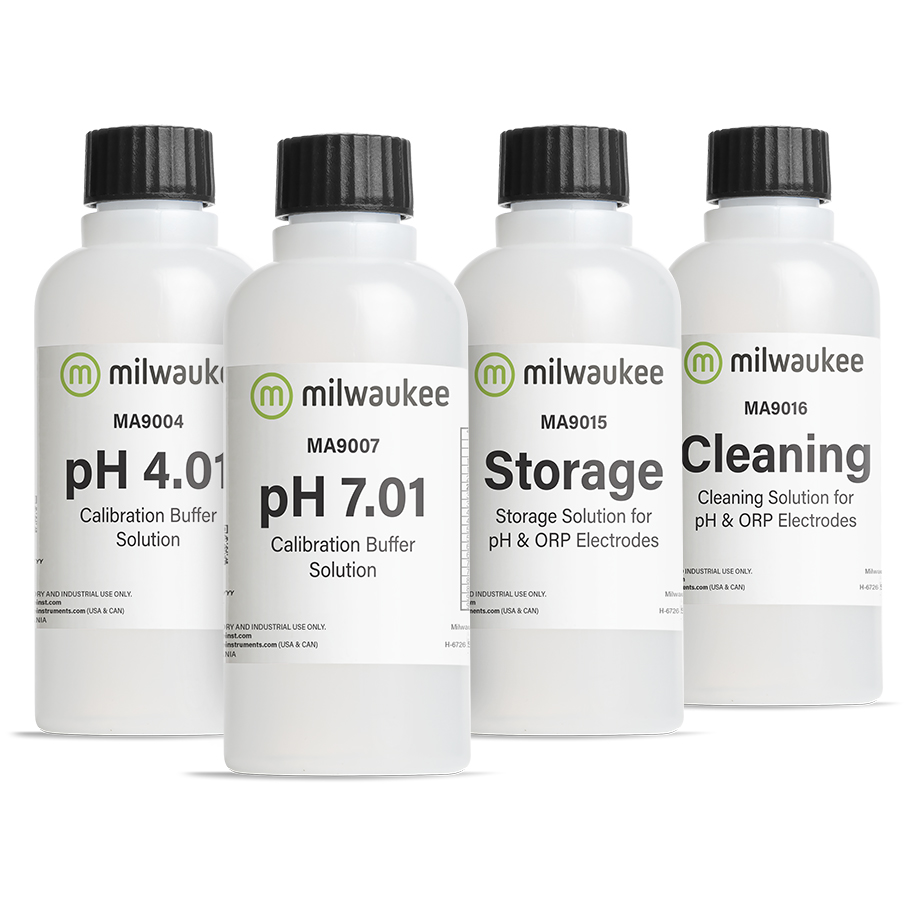Your shopping cart is currently empty.
Milwaukee MW102-FOOD PRO+ 2-in-1 pH and Temperature Meter for Food
Precision pH Testing for Dairy, Cheese, Meat, Food Processing, Quality Control & Laboratory Applications
The Milwaukee MW102-FOOD PRO+ is a professional-grade pH meter designed specifically for the food industry. With high precision and automatic temperature compensation (ATC), it offers accurate, real-time measurements in demanding environments like commercial kitchens, food processing plants, dairy operations, and research labs.
Equipped with the MA920B/1 Food Grade pH Probe, this model is engineered for direct penetration into semi-solid and solid foods, including cheese, meat, yogurt, and more. The specialized spear-shaped tip and low-temperature glass formulation provide faster response and higher accuracy in food samples – making the MW102-FOOD a trusted tool for chefs, quality control professionals, and food scientists.
Why Choose the Milwaukee MW102-FOOD?
- Food-Specific Accuracy: Measures pH from -2.00 to 16.00 with ±0.02 accuracy, tailored for food samples.
- pH Electrode: Features the MA920B/1 probe with a rugged, conical glass tip for semi-solids and solids.
- Automatic Temperature Compensation (ATC): Includes a stainless steel temperature probe (MA831R) for precision across temperature ranges.
- Durable Design: Built for professional environments – shock-resistant and easy to clean.
- Low Maintenance: Gel-filled, double junction food-grade pH electrode reduces contamination risks and requires less frequent upkeep.
- Extended Battery Life: Up to 300 hours of continuous operation on a single set of batteries.
Applications
pH Meter for Food Processing & Quality Control
In the food industry, precise pH control ensures product safety, consistency, and shelf stability. From monitoring cheese fermentation and meat curing to checking the acidity of sauces, dressings, and yogurt, the MW102-FOOD enables fast, reliable readings directly in the product. This ensures compliance with food safety standards, optimizes production processes, and supports flavor development.
pH Meter for Laboratory - Research & Development in Food Science
In food science labs, precise pH measurement is essential for product development, shelf-life testing, and regulatory compliance. The MW102-FOOD, with its specialized food-grade probe, ensures dependable readings even in viscous or protein-rich samples, minimizing interference and sample damage.
Proper Care & Maintenance
pH meters usually start performing poorly because of problems with the probe. The two parts of the pH probe that cause problems are the glass sensing bulb and the reference junction.
SENSING BULB
The glass bulb loses sensitivity with use and will eventually fail. This is true of all pH probes.
REFERENCE JUNCTION
The reference junction is a small hole that allows the meter to compare the sample to a reference. The reading is generated based on the electrical difference between the sample and reference. If the junction hole gets clogged, the pH electrode will no longer function.
You can extend the life of your pH electrode in the following ways.
CLEANING AND STORAGE
All pH sensors have a limited life and response time gets longer with age. Properly maintaining your pH pen tester will give you fast, accurate results for longer. So, be sure to order the Milwaukee codes MA9015 and MA9016 at checkout time! This will be needed to help clean and condition the pH electrode before use!
STORAGE
The pH probe needs to be kept hydrated. Long periods of dry storage will damage the sensitivity of the probe. Allowing the probe to dry out may also result in the junction hole getting clogged.
Storing in pH probe storage solution MA9015 or pH calibration buffers will help address both these issues. Do not store in tap water and DI water. This will damage the sensitivity of the probe.
The best way to store the probe is with the probe's cap filled with storage solution or calibration buffer and the cap tightened to prevent leakage. It is also recommended that to store the electrode upright to further reduce the potential for leakage.
CLEANING
Residue from the sample can impact the sensitivity of the sensing bulb and clog the junction. This is especially true if the sample has a lot of organic material. We recommend regularly soaking your electrode in cleaning solution MA9016.
CALIBRATION
The pH sensing bulbs become less sensitive over time so make sure that you are calibrating regularly to keep your PRO Plus pH meter accurate. Also, calibrate after cleaning or a long period of storage.
Thank you for considering Milwaukee to help you take your results to the next level.
For more details visit: https://milwaukeeinstruments.eu/measuring-pH-in-meat
Trusted by Food Professionals
Whether you're verifying acidity in cheese, controlling fermentation in sausages, or maintaining pH balance in sauces and dairy, the Milwaukee MW102-FOOD gives you lab-grade performance in a portable format.
Order the Milwaukee MW102-FOOD Today!
Experience unmatched accuracy and reliability in your food safety and quality
assurance processes. Make every measurement count with Milwaukee Instruments.
Specifications
Application
Food Processing & Quality Control
In the food industry, precise pH control is critical to ensuring product
safety, consistency, taste, and shelf stability. Whether you're monitoring the
fermentation of cheese and yogurt, verifying the pH of cured meats, or ensuring
the acidity of sauces, condiments, and dressings is within specification, the MW102-FOOD
delivers fast, accurate results where it matters most—directly in the product.
Equipped with the MA920B/1 Food Grade pH Probe, this specialized meter is designed to penetrate semi-solid and viscous samples with ease, providing direct measurements in everything from dairy and dough to jams and marinades. Its robust, easy-to-clean build makes it ideal for routine checks in production environments, helping food processors meet HACCP and ISO quality standards while reducing waste and rework.
With high accuracy and automatic temperature compensation (ATC), the MW102-FOOD supports consistent batch quality, optimizes fermentation timing, and ensures compliance with regulatory requirements. It's a trusted tool for food safety labs, production lines, and R&D departments alike—helping teams bring safe, flavorful products to market with confidence.
How to Use in Food Applications:
- Calibrate the meter with fresh pH buffer solutions.
- Insert the MA920B/1 probe directly into the food sample (e.g., cheese, meat, yogurt).
- Allow the temperature probe to stabilize for ATC to take effect.
- Record the reading once stable.
- Clean the electrode thoroughly with appropriate cleaning solution and store in MA9015 storage solution.
pH Meter for Laboratory – Research & Development in Food Science
In food science laboratories, accurate pH measurement is a cornerstone of
research and product innovation. Whether developing new recipes, optimizing
formulations, or conducting shelf-life and stability testing, precise pH
control plays a key role in ensuring food safety, quality, and consumer appeal.
The MW102-FOOD, equipped with the MA920B/1 Direct Measurement Food Grade pH Probe, is purpose-built for the demands of food research. Its specialized probe is ideal for measuring pH in semi-solids, emulsions, and protein-rich samples such as dairy, meat, sauces, or dough—delivering consistent readings while minimizing sample disruption and avoiding contamination.
With ±0.02 pH accuracy and automatic temperature compensation (ATC), the MW102-FOOD supports reliable data collection across a wide range of experimental conditions. It enables researchers to study how pH affects microbial growth, texture, color, flavor, and chemical stability—insights critical for developing safe, stable, and high-performing food products.
From formulation and process trials to QA protocol development and regulatory documentation, the MW102-FOOD is a trusted tool for food technologists, chemists, and product developers pushing the boundaries of innovation.
How to Use in Labs:
- Prepare your sample – ensure uniformity and temperature stability.
- Calibrate using standard pH buffer solutions.
- Insert the electrode into the food or liquid sample.
- Stir gently or ensure full contact in solids.
- Record and log the measurement for analysis.
- Clean and store the probe properly to maintain accuracy.



